Tag: infection

Disposable Hospital Gowns May Pose Infection Risk
Disposable gowns designed to deflect the splatter of bodily fluids, used in thousands of U.S. hospitals, have underperformed in recent and ongoing laboratory tests and may fall short of safety standards, leaving health care... read more
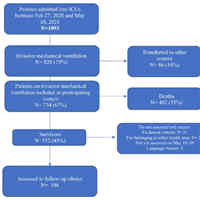
Prevalence of PICS in Mechanically Ventilated Patients with COVID-19
Coronavirus disease 19 (COVID-19) patients usually require long periods of mechanical ventilation and sedation, which added to steroid therapy, favours a predisposition to the development of delirium and subsequent mental... read more

New WHO Toolkit Focuses on Severe Acute Respiratory Infection
During the early months of the pandemic, it became imperative to share best practices for the care and treatment of patients with SARS CoV-2. This new infectious agent, with potentially new pathogenesis and an unprecedented... read more
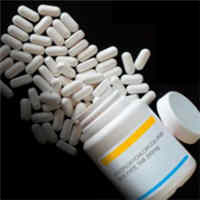
Hydroxychloroquine Not Associated With Decreased Risk for COVID-19 Hospitalization
Results of a multicenter, double-blinded, randomized controlled trial found no evidence to support the use of hydroxychloroquine for COVID-19 infection in the outpatient setting. These findings were published in The Lancet... read more

Inflammation Causes COVID-19-related Loss of Smell Not The Virus
This study found that COVID-19 infection is associated with axon injuries and microvasculopathy in olfactory tissue. The striking axonal pathology in some cases indicates that olfactory dysfunction in COVID-19 infection may... read more
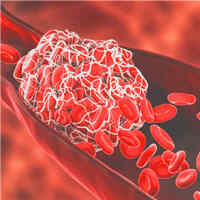
Risk of Serious Blood Clots Up To 6 Months After COVID-19
A study from Sweden finds an increased risk of deep vein thrombosis (a blood clot in the leg) up to three months after COVID-19 infection, pulmonary embolism (a blood clot in the lung) up to six months, and a bleeding event... read more
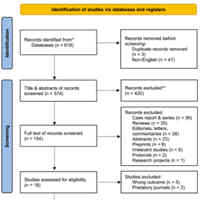
Post COVID-19 Pulmonary Fibrosis
Pulmonary fibrosis is a frequently reported COVID-19 sequela in which the exact prevalence and risk factors are yet to be established. This meta-analysis aims to investigate the prevalence of post-COVID-19 pulmonary fibrosis... read more
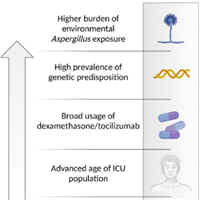
Prevalence of COVID-19-Associated Pulmonary Aspergillosis
First reports of cases and case series of COVID-19-associated pulmonary aspergillosis (CAPA) emerged during the first months of the pandemic. Prevalence rates varied widely due to the fact that CAPA was, and still remains,... read more

How Autoimmune Disease Risks Increases After COVID-19
The link between COVID-19 infection and development of autoimmune disease is becoming more pronounced, and fields including dermatology are seeking answers to what drives it all. A late-breaking session at the American... read more
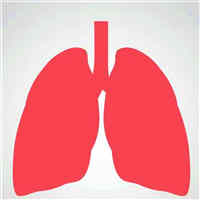
Pleural Resident Macrophages and Pleural IRA B Cells Promote Immunity Against Pneumonia
Airway infection is a major cause of mortality worldwide. The identification of new mechanisms aiding in effective host immune response is therefore required. Here, we show that the specific depletion of the pleural immune... read more

Thromboinflammation and Antithrombotics in COVID-19
Thrombotic complications of SARS-CoV-2 infection were recognized early in the pandemic, when infected patients often presented with abnormal coagulation findings and acute macrovascular obstruction, and evidence of pulmonary... read more

Hemodynamic Management Challenges of Septic Shock
Sepsis is one of the main causes of admission to the Intensive Care Unit (ICU). It is defined as a life-threatening organ dysfunction, caused by dysregulated host response to infection (Singer et al. 2016). Septic shock... read more

Higher Dose Antibiotic Shown Safe in TB Patients Likely More Effective in Treating Deadliest Form of TB
A Johns Hopkins Children’s Center-led study in animals suggests that high doses of a widely used antibiotic called rifampin may safely treat and reduce the duration of treatment for the deadliest form of tuberculosis that... read more

Risks and Burdens of Incident Diabetes in Long COVID
In the post-acute phase, we report increased risks and 12-month burdens of incident diabetes and antihyperglycaemic use in people with COVID-19 compared with a contemporary control group of people who were enrolled during... read more




